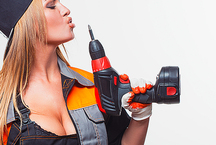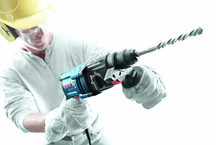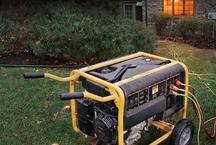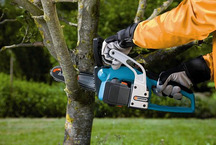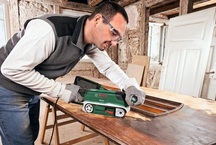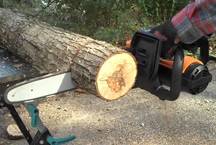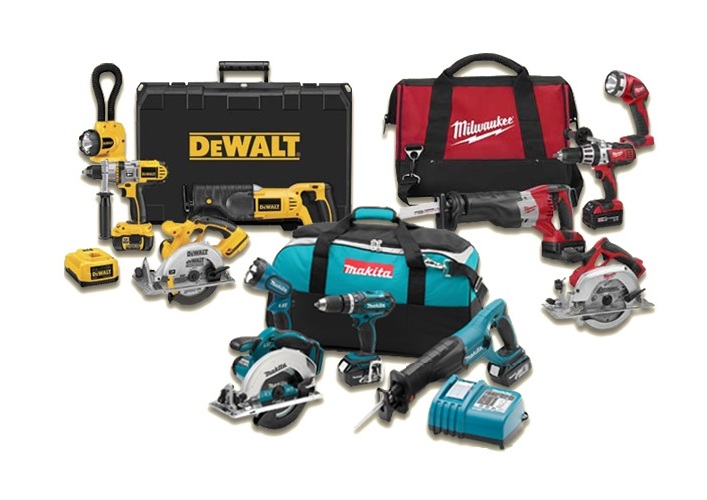
Today, batteries are used almost everywhere from children's toys to starter batteries for cars. As for the power tool, several types of batteries are used for its configuration:
- Ni-Cd (nickel-cadmium),
- Ni-MH (nickel metal hydride),
- Li-ion (Li-ion),
- Li-pol (lithium polymer).
In order to decide on the type of battery, first of all it is necessary to understand their working parameters, advantages and disadvantages.
Ni-Cd (Nickel Cadmium)
Batteries of this type are real long-lived, and in all senses. Despite the fact that they were invented back in 1899, from the point of view of their performance, they leave far behind all the latest developments in this area. The only thing they can not "argue" - a lot of weight and size, the presence of a strong memory effect, although it almost disappears with subsequent regular full digits.
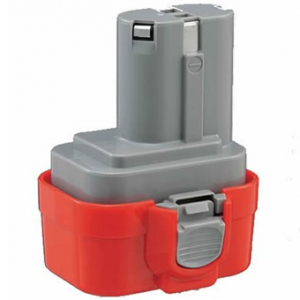
The phenomenon in which the battery loses its available capacity for charge due to the fact that during operation it is not fully discharged is called a memory effect. The process physics is similar to filling a glass with water. In a clean empty glass placed a certain amount of liquid. This volume is always greater than that which will fit in the same capacity, but, for example, covered with pebbles. So with an insufficiently discharged battery, the active substance in the process of charging changes its structure, its particles become larger and can no longer perform their functions.
But the main problem, which, by and large, was the reason for the active introduction by the manufacturers of electrical equipment of lithium-ion technology, was the toxicity of cadmium and the need for its proper disposal, which is quite expensive for them. But for all other parameters, Ni-Cd is out of competition, because only it can work effectively if
- need unpretentiousness and reliability
- I want to buy a battery that will last at least 6-7 years, withstand 1000-1500 charge-discharge cycles with a recovery probability of 70-80%,
- It is important that the battery can be stored for a long time.
- the work requires large charging currents,
- it is supposed to work in difficult conditions for the operation of electrical equipment,
- it is necessary to work at subzero temperatures (temperatures from -40 to +60 ˚С are acceptable),
- important is the ability to keep a stable voltage throughout the entire working cycle,
- The work requires the maximum speed of a full charge (on average 1 hour).
All this makes Ni-Cd indispensable when picking high-power hand tools.
Ni-MH (nickel metal hydride)
As a replacement for Ni-Cd cells, work began in 1975 on the creation of batteries that would solve all the above problems and at the same time maintain the high performance of their predecessor. It was possible to solve the problems, but the merits turned out to be few.

If we compare this technology with Ni-Cd, then it turns out that Ni-MH has
- smaller size and weight
- low toxicity
- higher specific capacity (by 30%),
- less memory effect
- greater resistance to falls.
On the other hand, quite serious shortcomings can be noted with the same comparison:
- Every day, the battery loses 1% charge,
- inability to work at temperatures below -10 C,
- it is possible to restore capacity only in 40% of cases,
- 2-3 times less service life (up to 500 cycles),
- sensitivity to deep discharge (manufacturers recommend discharging a maximum of up to 80%, which is almost intuitive to determine),
- cost much more
- they charge even with fast charging 5 times longer, and in normal mode the time is 16 hours or more.
Ni-MH is significantly inferior to cadmium technology, so although they are used as an energy source for power tools, from the user's point of view they will never be the best option possible.
Li-ion (Li-ion)
Today, lithium-ion batteries are actively promoted by manufacturers, their use is expanding. Of course, they have their advantages, but they have no less flaws.
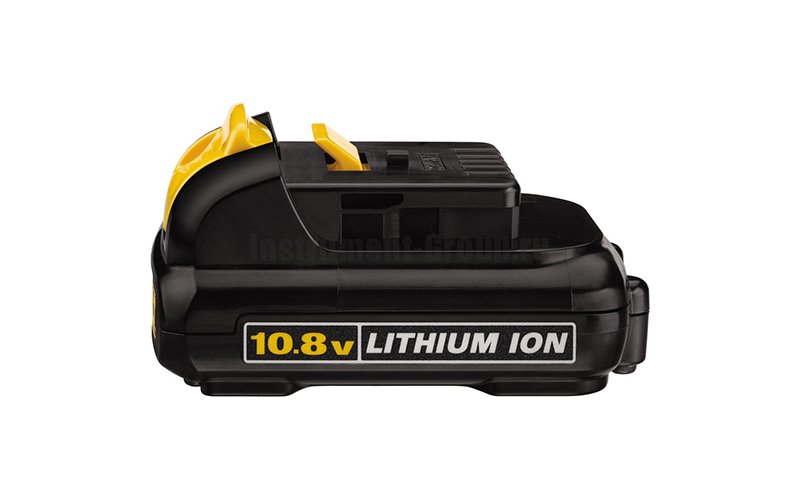
Photo: instrument-group.ru DeWalt DCB 123 Li-ion battery
- specific capacity (it is 2 times more in comparison with nickel-cadmium batteries);
- small weight and overall dimensions,
- highest electrical density;
- no memory effect (therefore do not require full discharge).
But in other way Li-ion differ
- poor tolerance of negative temperatures (despite the statements of manufacturers, the electrolyte still freezes),
- maximum service life of only 2-3 years (from the date of manufacture),
- demanding handling
- explosive (although electronic protection is provided to monitor battery performance),
- inability to recover,
- high cost
- the need to use only a "native" charger.
If we talk about the use of lithium-ion batteries in power tools, the main factor by which they are undoubtedly ahead of other available technologies is a very large capacity. In this regard, the optimal scope of use of Li-ion will be such tools as circular saws, angle grinders ("grinders"), rotary hammers.
Li-pol (lithium polymer)
This is the latest development based on lithium-ion technology. The difference between them is that a gel-like polymer has replaced the liquid electrolyte. As a result, the manufacturer was able to achieve increased battery capacity and remove any restrictions on the shape of the battery case, including ultra-thin elements. In addition, their dignity with respect to lithium-ion batteries can be considered less explosive.
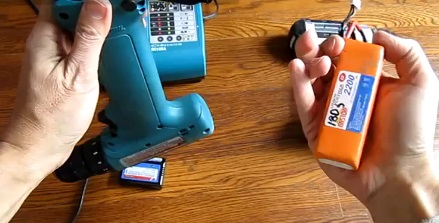
Apparent shortcomings in addition to those that occur in Li-ion batteries are
- service life - 2 years from the date of production,
- 300-500 cycles
- high demands on compliance with the mode of operation.
Li-pol is rarely used as a battery for power tools, but judging by the active introduction of their predecessors, this process is constrained only by their value. It is the high price that doesn’t give the lithium technology to completely overcome Ni-Cd, although even in this case, Li-ion and Li-pol will not replace them to work with a powerful tool in difficult conditions.
What to look for when buying a tool?
If there is a question of choosing the type of battery for power tools, then first of all it is important to determine the scope of its future use. Most often, such a need arises in production, where equipment reliability for a long time is important, the ability to work in all weather and temperature conditions, unpretentiousness, the ability to quickly charge.
Nickel-cadmium batteries are ideal for this purpose. In addition, they are able to work with the most powerful equipment. In order in principle not to have problems with the autonomy of the tool, you can advise to have a spare battery. In this way, you can allow yourself to work to full discharge, which is important for Ni-Cd, and not to be interrupted during charging.
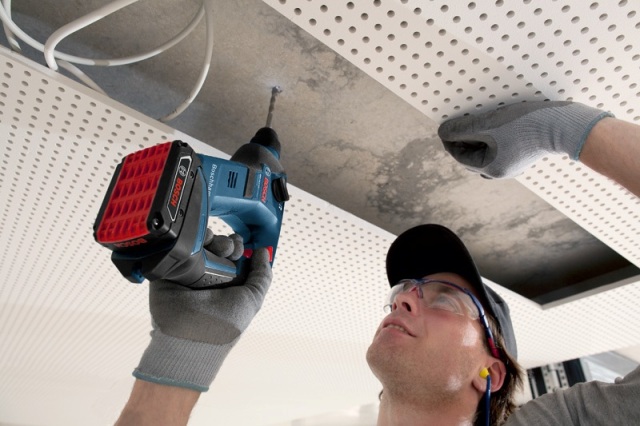
As for the household power tools, which are most often used occasionally, there are two ways. If you want to buy a device that lasts 5-7 years and does not "die" at the most inopportune moment, then again, Ni-Cd is your option. If there is no desire to tinker with a full discharge, periodic training of the battery even while it is not in use, the lithium-ion technology can solve these problems. It gives you the opportunity to work with household power tools of small and medium power, has a large capacity, can be recharged regardless of the degree of discharge of the battery at any convenient time. An additional factor that provides convenience in working with Li-ion is its small weight and dimensions.

Photo: homeneeds.sulekha.com
One of the decisive aspects of choosing any equipment often becomes its cost. If we compare the equipment according to this feature, then at the location of the battery from the lowest cost to the highest, the following sequence is obtained: Ni-Cd, Ni-MH (more expensive than cadmium due to a more complex process), Li-ion and Li-pol.
